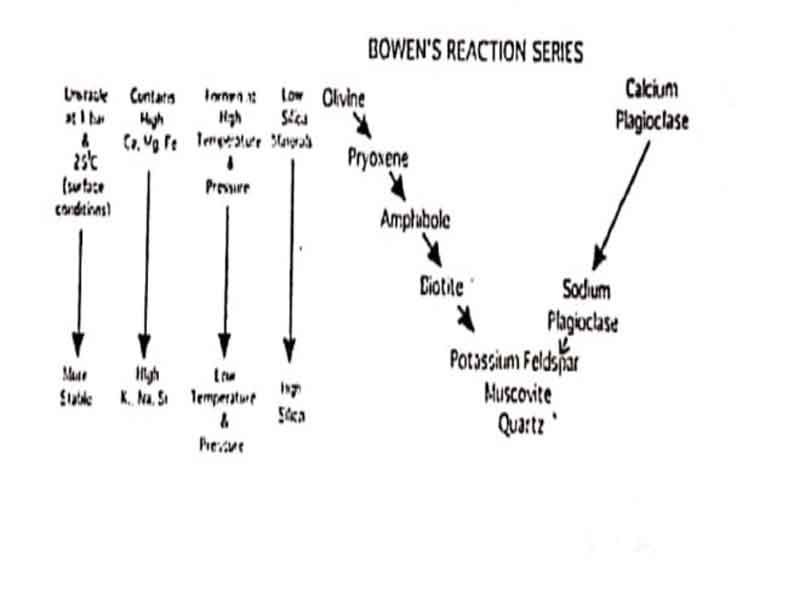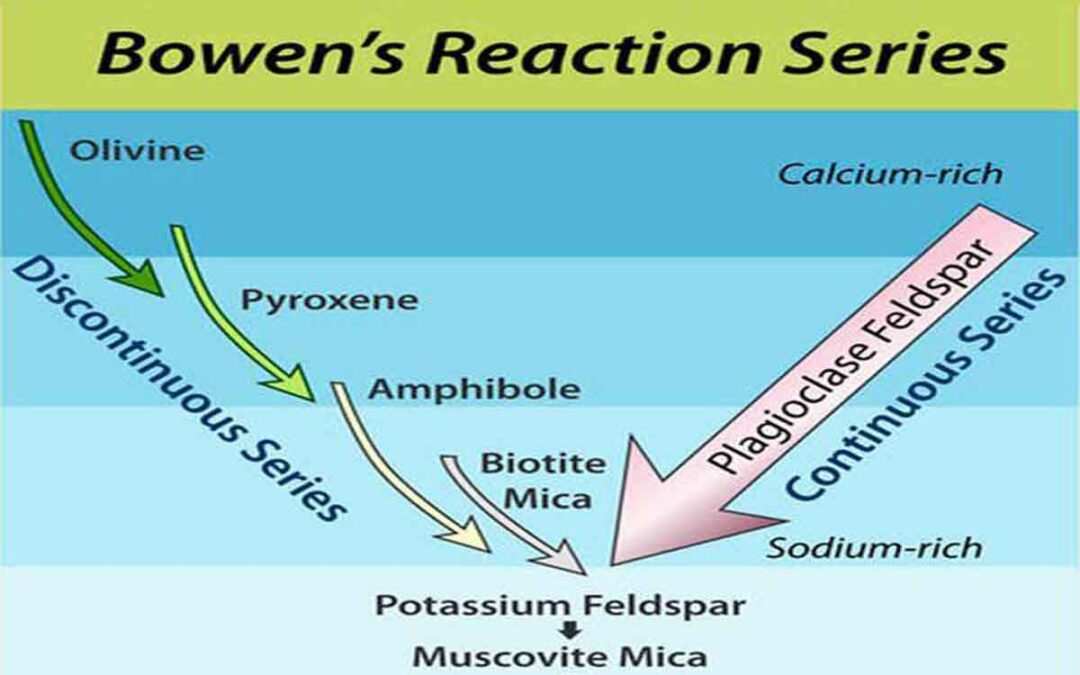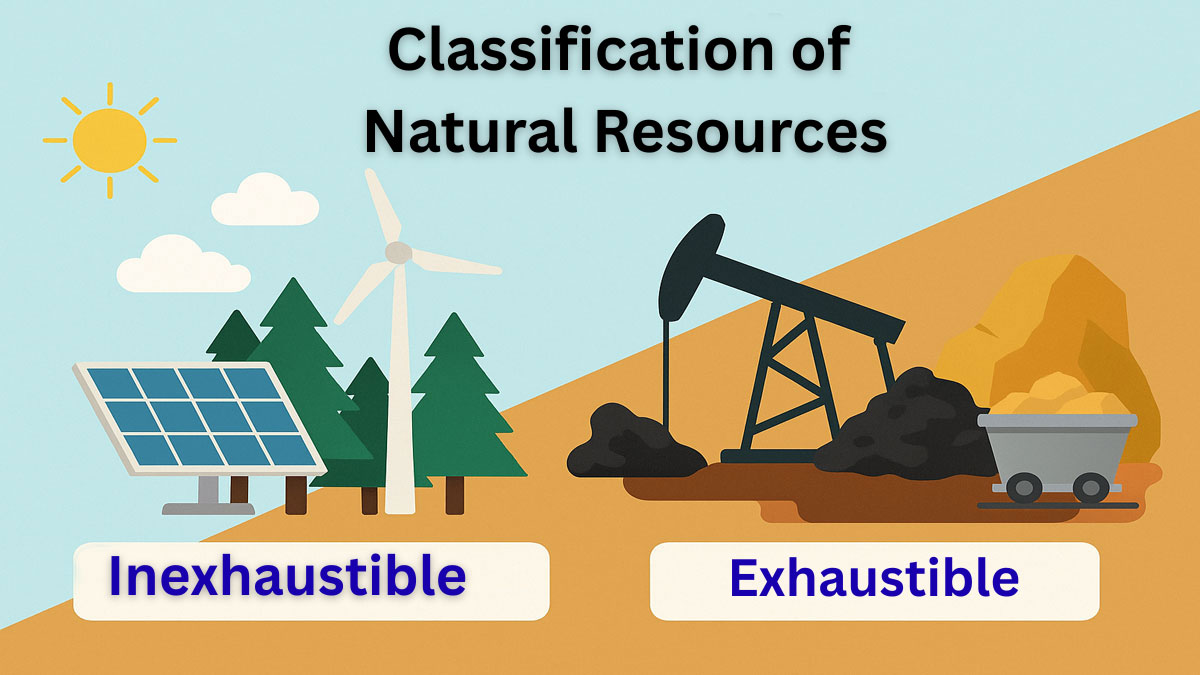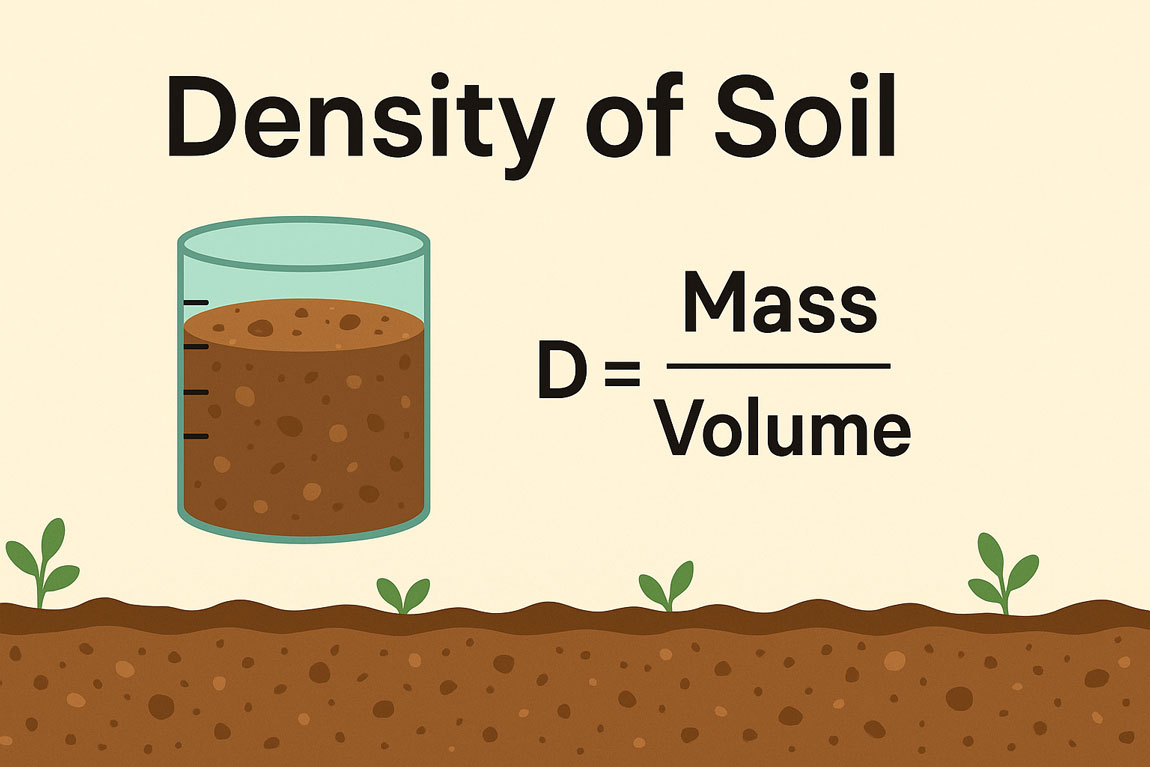Norman L. Bowen introduced Bowen’s Reaction Series in the early 1900s, explaining how magma cools and the order in which minerals crystallize. This series describes the methods geologists use to understand the formation of igneous rocks and expands our knowledge of the Earth’s geological activity.
Bowen’s Reaction Series:
Norman L. Bowen, a Canadian petrologist, explained why certain types of minerals tend to be found together while others are almost never associated with one another. In the early 1900s, he heated powdered rock material until it melted, then allowed it to cool to a target temperature. He observed the types of minerals that formed in the resulting rocks.
Bowen repeated this process at progressively cooler temperatures. His observations led him to formulate his reaction series, which remains widely accepted today as the idealized progression of minerals produced by cooling. This reaction series is called Bowen’s Reaction Series.

Types of Reaction Series:
Discontinuous reaction series:
Discontinuous reaction series specializes in the formation of minerals with amazing crystal structures. As the magma cools, the following minerals crystallize one by one:
- Olivine
- Pyroxene
- Amphibole
- Biotite
As the temperature decreases, each mineral replaces the previous one, reflecting an abrupt structural change.
Continuous reaction series:
A slow change in the composition of plagioclase feldspar occurs through a series of continuous reactions. First, calcium-rich plagioclase forms and then transforms into sodium-rich plagioclase as cooling proceeds. Unlike the discontinuous series, these changes affect composition rather than structure.
Comparison of Discontinuous and Continuous Series:
| Aspect | Discontinuous Reaction Series | Continuous Reaction Series |
| Type of Change | Structural | Compositional |
| Minerals Involved | Olivine, Pyroxene, Amphibole, Biotite | Plagioclase Feldspar |
| Nature of Transition | Abrupt | Gradual |
Implication of Bowen’s Reaction Series :
- Melting and crystallization are reverse processes. The paths followed are opposite for increasing versus decreasing temperature
- The paths followed with increasing or decreasing temperature are controlled by the bulk composition of the rock being melted
- Crystallization of multi-component magmas produces changes in the composition of the liquid as crystallization proceeds.
- Minerals that exhibit no solid solution crystallization (or melting) proceed in discrete or discontinuous steps.
- Minerals that exhibit solid solution crystallization (or melting) proceed in a smooth or continuous manner.
- Minerals that crystallize (or melt) at high temperatures are rich in iron and magnesium and poor in silicon. Igneous rocks crystallizing these minerals will be mafic in composition.
- The minerals crystallizing at lower temperatures are rich in silicon and aluminum, and rocks consisting of such minerals are called felsic ( Rhyolite and Granite).
Challenges and Limitations:
Although the Bowen reaction Series provides a valuable framework, it also has limitations: factors such as changes in pressure, water content, and magma composition can alter the crystallization sequence, leading to deviations from the theoretical model.
Who is Norman L. Bowen?
Norman L. Bowen (1887–1956), a significant Canadian geologist, deeply influenced the field of petrology and expanded our understanding of rock composition and structure. He developed the Bowen reaction series, a vital theory explaining the crystallization process of minerals from lava, which earned him widespread recognition.
Bowen, born in Kingston, Ontario, completed his undergraduate and doctoral studies at Queen’s University by 1910. In 1947, he returned to Canada and directed the Geophysical Laboratory at the University of Toronto.
Throughout his illustrious career, Bowen identified distinct patterns in mineral deposits and created a theoretical model for their origin, advancing the study of igneous rocks. He focused his research on the structure and processes of igneous rocks.
The National Academy of Sciences elected him as a member in 1943, and several prestigious awards honored his remarkable contributions to geology, solidifying his reputation as a leading authority in petrology..
Conclusion:
In geology, the series is called the Bowen’s Reaction Series. In it, we learn how minerals crystallize and how igneous rocks are born. This principle demonstrates the effect of temperature on mineral equilibrium and epitomizes many problems in dating life and its environment. Whether you are a geologist of old in the field or starting fresh at home, diving into Bowen’s reactions series will give greater insight into how Earth came about.






